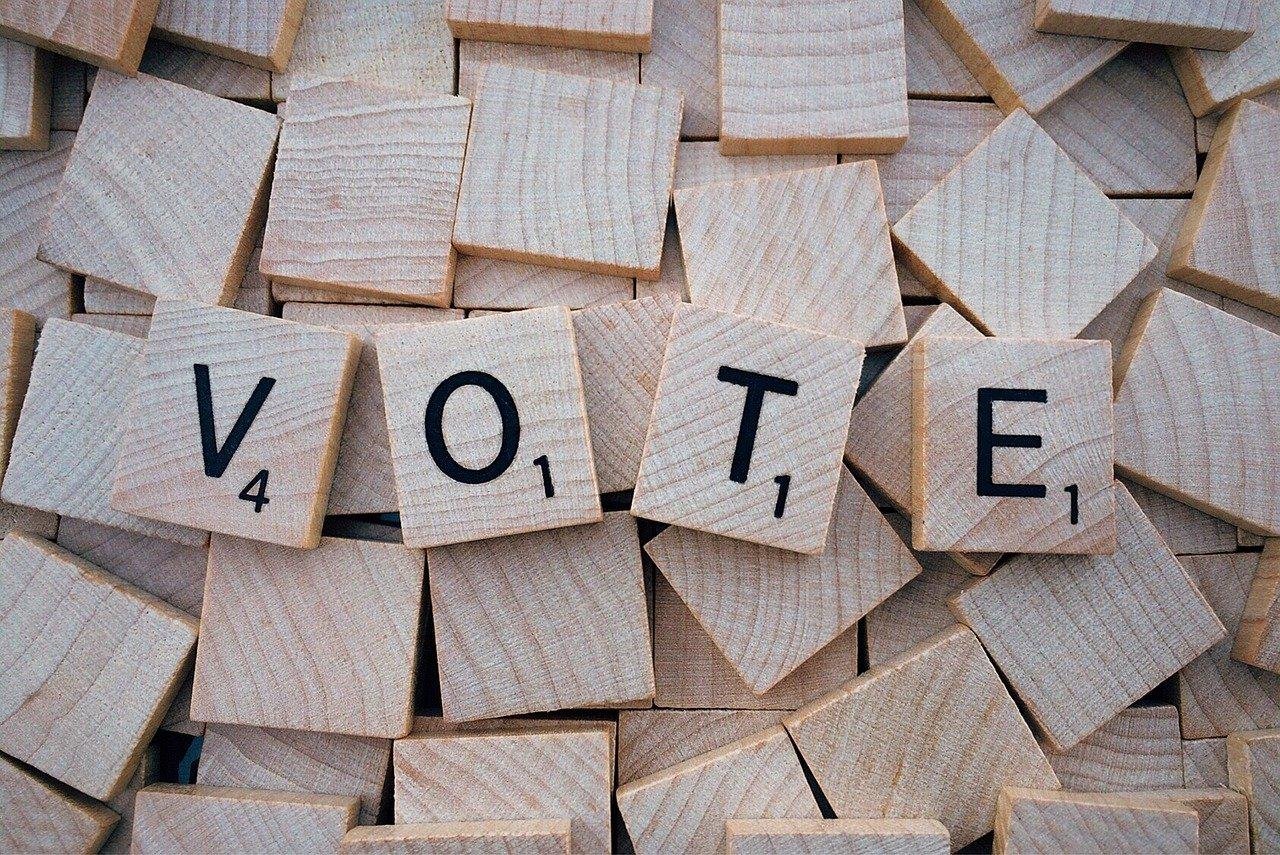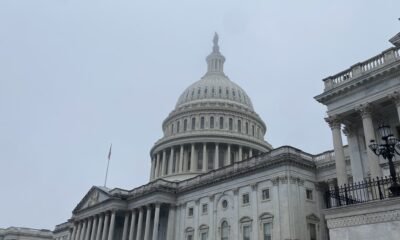border
Electoral Outrage: A Long-Awaited Rant on the 2024 Election Amidst National Coverage Failures

Concerns mount over the national media’s portrayal of the contentious election, prompting local commentators to voice their frustrations. In particular, Pima County Recorder Gabriella Cázares-Kelly’s decision to suspend the online portal for early ballot requests has drawn criticism. The office cited excessive traffic as the reason for the shutdown, redirecting nearly 4,000 voters to call for assistance instead.
This move raises alarms, especially given the current climate surrounding election integrity debates. As one of the largest counties in a pivotal state, the actions taken here influence broader narratives. Critics argue that complications in ballot distribution can bolster unfounded claims of election fraud, especially if high-profile figures like Donald Trump fail to secure a win.
Recent developments only exacerbate these concerns. Steve Bannon, recently released from prison, has reignited his rhetoric against Democratic candidates, framing them as threats. Given Bannon’s influence and his history of amplifying claims of election fraud, Pima County’s missteps provide fertile ground for his claims.
Meanwhile, the voter registration landscape in Arizona is shifting. Republicans now lead by over 300,000 registered voters, a significant increase from four years ago. However, that edge doesn’t guarantee electoral success, as Democratic strategists caution against premature interpretations of early voting trends. A Democratic consulting firm emphasizes that the early voting patterns are returning to pre-pandemic behavior, where Republicans historically outpaced Democrats in turnout before Election Day.
Despite the early Republican advantage, demographic trends reveal a concerning picture for the GOP. While older voters are casting ballots at notably higher rates, younger voters lag significantly: only 16.8 percent of younger voters have returned their ballots, compared to nearly 70 percent of those over 75. This gap may prove critical as Democrats seek to engage younger constituents.
Local races also display conflicting dynamics. In Arizona’s 6th Congressional District, Republicans hold a significant registration advantage, yet early ballot counts show Democrats narrowly ahead. Such discrepancies illustrate the complexities and unpredictabilities inherent in Arizona’s electoral landscape.
As the election nears, anxious debates over polling persist. Polls only reflect a snapshot of public sentiment and can be misinterpreted easily. They shouldn’t be viewed as definitive verdicts but rather as indicators subject to change. Crucially, independent voters remain pivotal, and how they align may ultimately sway the election.
In a pointed critique of national media practices, commentators argue for more probing questions directed at candidates regarding their intentions and statements. The need for rigorous journalism is underscored as election coverage becomes increasingly sensationalized. The interplay between media narratives and electoral realities is crucial during such a pivotal moment.
At the local level, elections are influenced by broader sentiments surrounding democracy and governance. As issues like immigration take center stage, it is vital to not scapegoat vulnerable populations. Instead, voters should focus on substantive discussion regarding policy and governance rather than perpetuating divisive narratives.
The stakes are high, and with the election looming, local races in Arizona could herald broader implications for national outcomes. Voter engagement is crucial, as each ballot represents a voice in determining the future direction of governance. Regardless of party affiliation, participation remains essential.


















